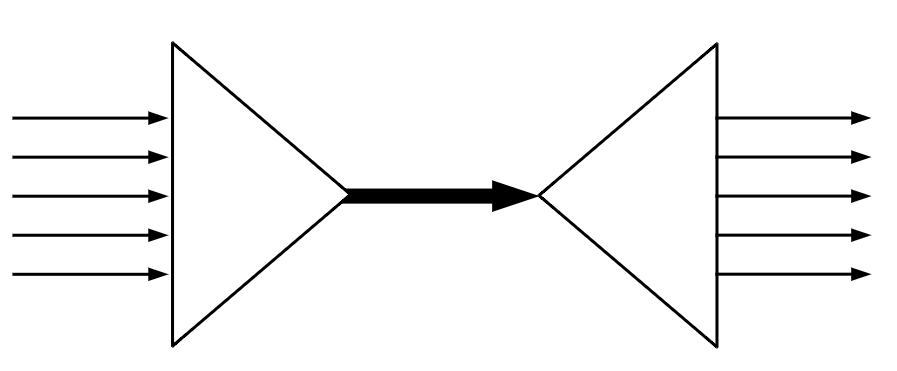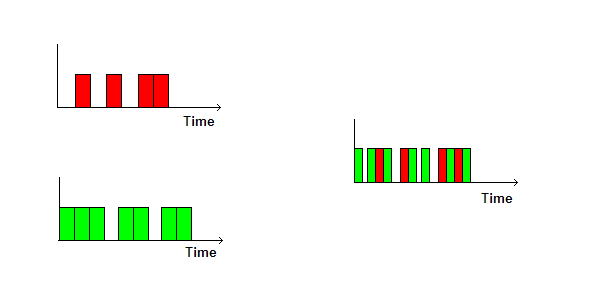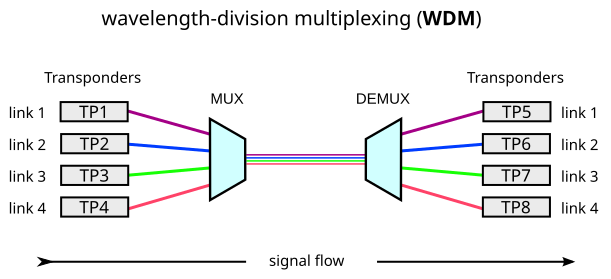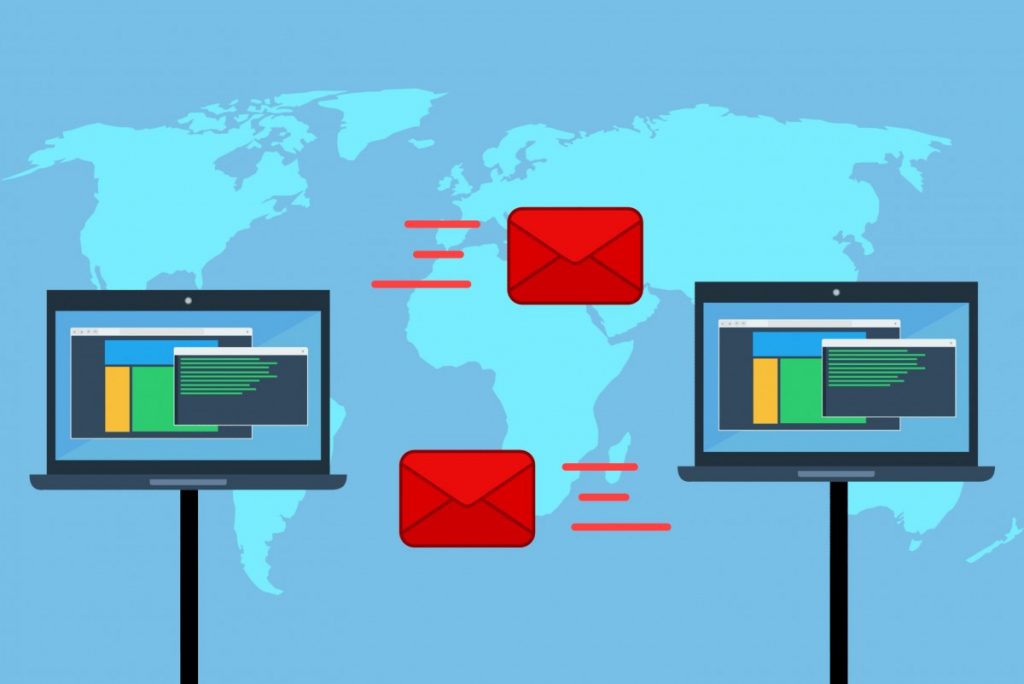Imagine that you had to send different letters to multiple friends, but all at the same time. Sending every letter individually, obviously, would end up taking a lot of effort and time. So, instead…
How about you put all these letters in one big envelope and send just a single envelope? When the big envelope arrives at the other end, the individual letters are taken out, sorted, and delivered to your individual friends one by one. Multiplexing in data communications and networking works similarly, combining multiple data streams or signals into a single signal over a shared medium.
This not only increases the amount of data that can be sent over a network significantly but also allows for more efficient use of resources. This comprehensive article delves into the intricacies of multiplexing and how it optimises network connectivity and performance.

What is Multiplexing?
You’ll usually see the term multiplexing being casually tossed around when talking about 3G, 4G, and 5G networks, but what is it exactly? Multiplexing, or “muxing,” is the process of sharing a bandwidth or a medium. It combines multiple signals from multiple sources, transmitting them across a single physical/ communication line.
Simply put, it means multiple sources but a single link. In the realm of networking, it’s a method of sending multiple streams of information or signals in the form of a single, complex signal at the same time over a communications link. When it reaches its destination, demultiplexing or “demuxing” happens, recovering the discrete signals and outputting them to individual lines.

At a macro level, larger networks use multiplexing to consolidate multiple signals, both analogue and digital, into a composite, single signal. After transporting it to its destination over a common medium, such as a radio wave or a fibre optic cable, the signal is “demuxed,” restoring the individual signals and making them available for processing.
What is multiplexing used for?
Multiplexing was first introduced in the 1870s to support digital telegraphy, but since then, it’s evolved to transform into a mainstay in telecommunications, such as telephone, TV, and radio. Moreover, it’s also employed in computer networks for transmitting multiple signals across a WAN (wide area network).

Overall, enterprises implement multiplexing in networking for two chief reasons:
· To utilize expensive/scarce network resources better. For instance, multiplexing could transmit multiple signals on fibres or cables running between major metropolitan areas or across satellite uplinks.
· To enable network devices to communicate with each other without requiring a dedicated connection between every device pair.
What are the types of multiplexing?
The choice of multiplexing that an enterprise chooses depends majorly on two things. One is the kinds of signals being transmitted — digital vs analogue; the other is the medium being employed to carry those transmissions, such as microwave links, fibre optic cables, or coaxial cables.
Here’s a roundup of the commonest multiplexing techniques:
· FDM (Frequency-division multiplexing): In FDM, the communications link bandwidth is divided into subchannels with different frequency widths, with every link carrying a signal parallelly. Analogue cable TV uses FDM across coaxial cables, and even analogue radio transmissions usually employ FDM to multiplex signals across radio waves.
· TDM (Time-division multiplexing): TDM transmits multiple digital signals over the same channel in alternating time slots. Unlike FDM and the following WDM, TDM operates at the temporal, that is the wavelength or frequency level. Despite TDM having its roots in telegraphy, it’s now commonly used for transmitting multiple conversations across a common medium in digital telephony.
· Wavelength-division multiplexing (WDM): WDM consolidates multiple communications channels and then transmits them on light waves with different wavelengths. While it’s conceptually similar to FDM, WDM is specific to wavelengths, as opposed to FDM that’s described in terms of frequencies. Telecom systems and computer networks employing laser systems to send light signals over fibre optic cables commonly use the WDM approach.

· CDM (Code-division multiplexing): CDM assigns “spreading code” (a sequence of bits) to every signal to distinguish them. This is then combined with the original signal to produce a new stream of encoded data that is transmitted over a shared medium. At the destination, the code is demuxed by subtracting the spreading code and retrieving the original signals via a process called “dispreading.”
· SDM (Space-division multiplexing): Multiple conductors such as electrical wires or optical cables spatially separate signal paths. Despite being physically separated, they’re bundled into a single transport medium, with every conductor handling a specific transmitted channel. Furthermore, the individual conductors can be multiplexed further by employing TDM, FDM, or other techniques. SDM is most commonly used in submarine cable systems to help increase capacity.
· PDM (Polarization-division multiplexing): PDM polarizes the incoming electromagnetic signals into orthogonal channels, transmitting them via a common medium. It’s most commonly employed in fibre optics communications, as well as microwave and radio transmissions.
Overall, multiplexing is a key data communications technology that greatly helps to make the most out of the bandwidth available. Not only does this allow for more efficient use of resources, but it also greatly reduces data transmission costs and increases the rate of data transmission.
In case you missed:
- Star Topology – Benefits and Challenges
- Improving Enterprise Network Connectivity In The Digitization Age
- Re-examining Cybersecurity through Blockchain
- AI and Networking Infrastructure – 2024 Trends
- Cryptography in Network Security – Concepts and Practices
- Enterprise Network Transformation: Benefits and Challenges
- Neural Networks vs AI – Decoding the Differences
- Colocation Data Centres: An Overview
- The Life of Pi Network – FAQs and Everything Else You Want To Know
- Password Practices For A Safe Digital Presence









